
You don’t need to be a certified home inspector to find common defects in homes.
Whether you’re selling or buying a home, knowing the most common problems found by home inspectors will help you make better decisions. These common defects are usually easy to fix, but they can kill real estate deals when not disclosed. As a seller, you can address them prior to listing your home. And, as a buyer, you can spot defects that could help you negotiate better deals.
By nature of being “common” issues, they’re not usually deal killers. They’re typically small deferred home maintenance issues that could lead to much bigger problems if not addressed.
That is why it is important to be able to look for these defects like a house inspector. Once you know what to look for, you’ll save time and money.
The most common problems found during home inspections outlined here can be seen in every region of the United States. It’s just a matter of “how common is it?”
Washington state has unique characteristics that make its common problems with homes different from other regions. Washington’s distinct rainy season makes moisture intrusion a major concern. And since most homes are relatively new in Washington compared to regions like New England, some issues are very rare here, like cedar roofs, full basements or oil furnaces.
Here are the Ten Most Common Problems Found By Home Inspectors in Washington
1. Debris in Gutters: Every single home inspection we’ve been on had debris in the gutters. This is by far the most common deferred maintenance issue that can lead to much bigger problems if not addressed. Luckily, it’s a simple and inexpensive fix. Get on a ladder 3-4 times per year and clean out the gutters. Or hire technicians to install leaf guards on your gutters.
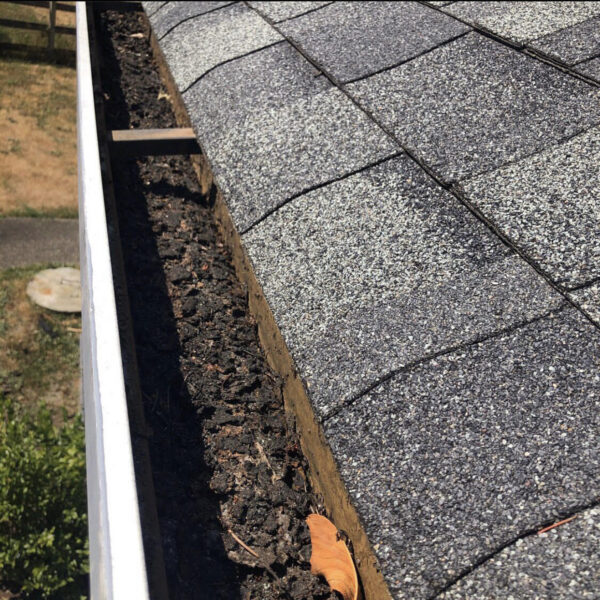
2. Downspouts Terminating Too Close To Home: Also critical to shedding water away from the house, gutter downspouts terminating too close to the home is frequently noted by home inspectors because it can cause damage to foundations. It is recommended that downspouts terminate 4-6 feet away from the home’s foundation. This can be accomplished with downspout extenders or splash blocks.
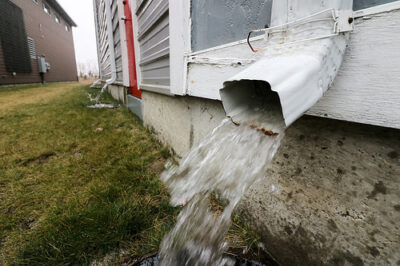
3. Faulty Wiring Electrical: Faulty wiring of electrical outlets is another common issue found during home inspections. It can even be found in new homes. These usually aren’t a huge safety threat, but they can be damaging to appliances. Unfortunately, you will need a special testing device to determine if outlets are wired properly. However, testers are only around $20-$30.
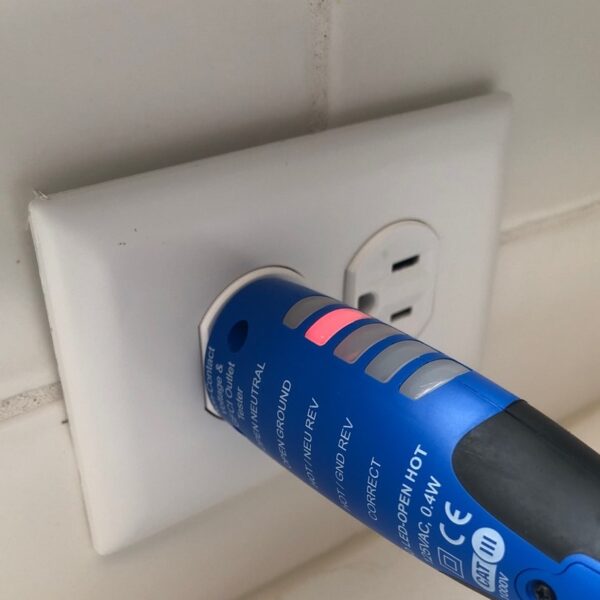
4. Lack of GFCI Receptacles: Ground fault circuit interrupters (GFCIs) are electrical outlets that are designed to prevent severe electrical shocks. These outlets usually have test and reset buttons on them. They first became required near sinks in bathrooms and kitchens. They are now required anywhere where water could potentially be present like crawlspaces, outdoor decks, garages, laundry rooms and more. Luckily it’s an inexpensive fix. You can buy a 10-pack of GFCI outlets for around $75 on Amazon or Home Depot.
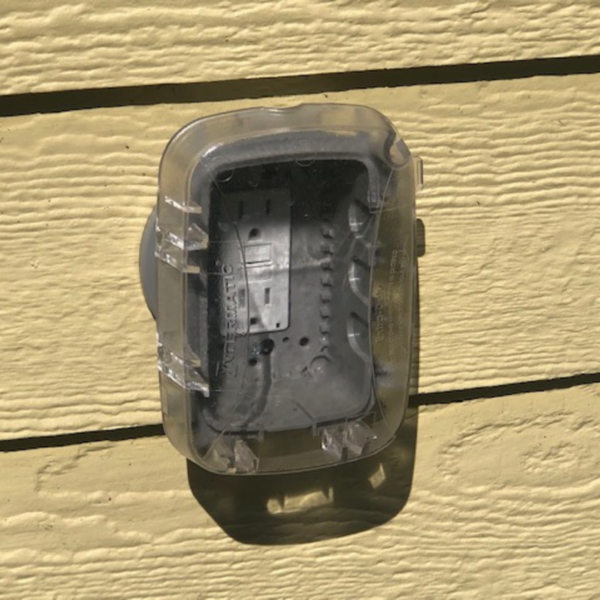
5. S-Trap Pipe Below Sinks: The only approved trap below sinks is a P-trap. They are easy to identify because they’re shaped like a “P.” S-shaped traps, or S-traps, are still common but they can be faulty and should no longer be used. Anyone can change these traps DIY for not much money. It’s also fairly affordable to fix with a handyman or plumber – probably less than $200.
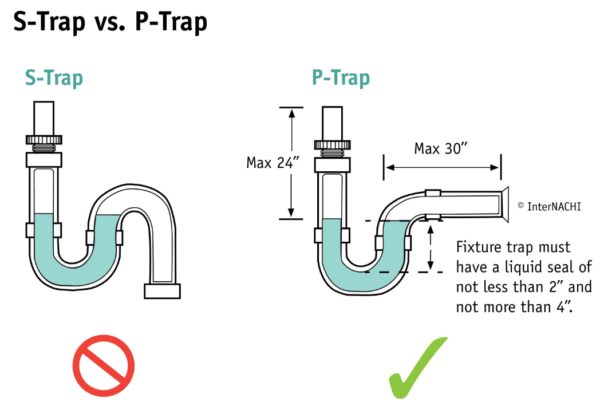
6. Decks Not Connected Properly: Since many decks are built without permits by unlicensed contractors, it is one area of the home’s construction that experiences the most failures. Decks not connected properly to the home is the most common and most dangerous defect with decks. Deck ledger boards require staggered anchor bolts (or lag screws) to the home’s framing, and deck joists require rafter hangers to connect to the ledger board. Without these, the deck may be vulnerable.
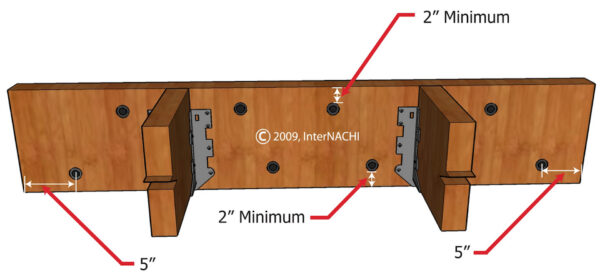
7. Vegetation Too Close to Home: Vegetation too close to the home is not a major defect but it is a very common problem found in Washington homes. Vegetation can wick and hold moisture in the siding potentially causing many other issues like rot and mold. Roots can crack foundations. And trees overhanging too close to the roof could lead to clogged gutters and debris on roof coverings. During the wet season in Washington state, moisture can be a huge challenge. So it’s best to remove vegetation that is too close to the home.
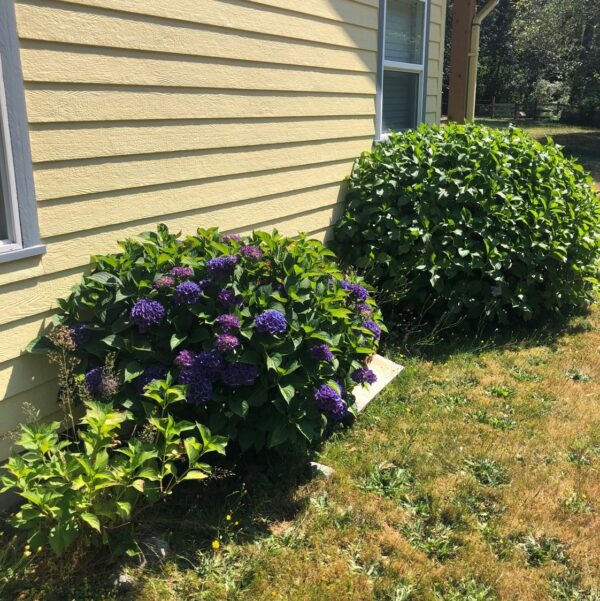
8. Insufficient Insulation in Attics: Although the climate is fairly mild in Western Washington, good insulation is important for energy efficiency. Attics in Washington require more than 7 inches of insulation to be in compliance with suggested R-values for this climate.
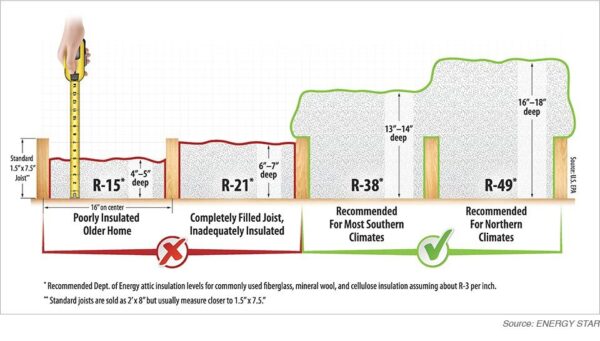
9. Land Slopes Toward the Home: The land grade should slope away from the home a minimum of 6 inches within the first 10 feet of the home. This slope helps direct any surface water away from the home’s foundation. A negative slope toward the home is a defect that can cause serious problems in the future if moisture is directed toward the home. If severe, this can be a costly repair.
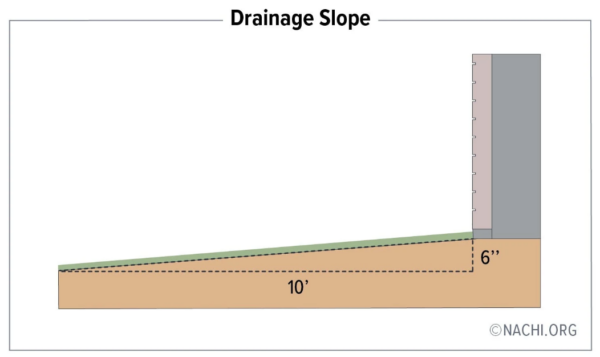
10. Moss Buildup on Roofs: Moss buildup on roofs is very common in Washington. Moss buildup traps moisture and can reduce the lifespan of the roof and lead to moisture penetration. Cleaning moss from a roof is an inexpensive procedure involving 50-50 bleach and water with a medium pressure hose. Another tip is to clean the roof at the end of the dry season to have less organic material for moss to cling to.
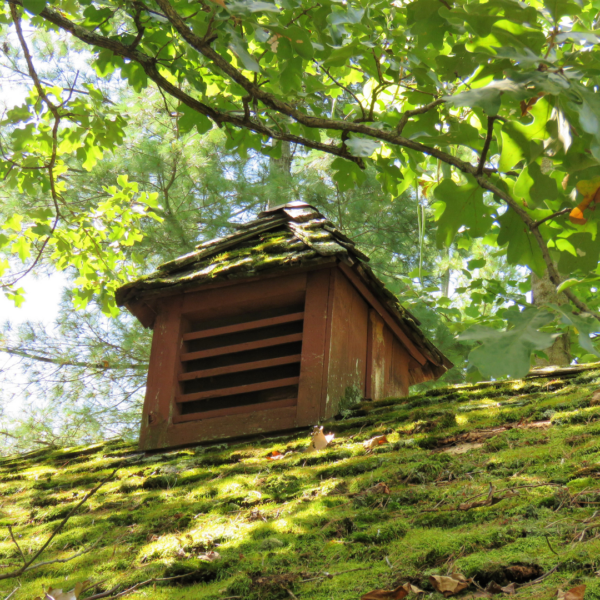
This list of common problems during home inspections can help you when selling a property or viewing them for purchase. As you can tell from this list, moisture is a big concern in Washington state. Home inspectors may not see these issues as much in desert climates.
These items WILL show up on the home inspection report. So it’s best for sellers to fix them before listing the home. It’s good for buyers to be able to identify defects to make more informed decisions. And it’s valuable info for real estate agents to better serve their clients.
By Washington Inspections LLC – Certified and licensed home inspectors in Gig Harbor and Tacoma and primarily service Kitsap, Pierce, Thurston, Mason and S. King Counties.
“Better inspections in half the time” with 2 licensed inspectors per job. Father-son team.